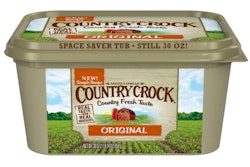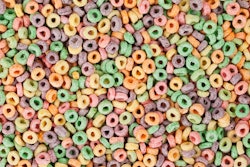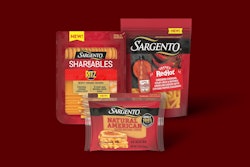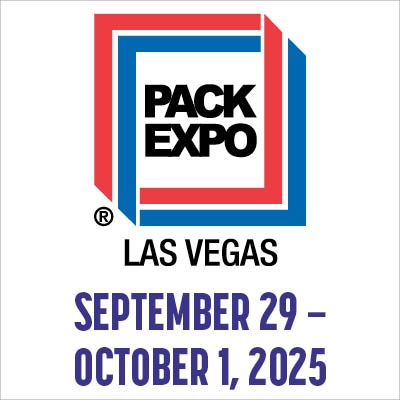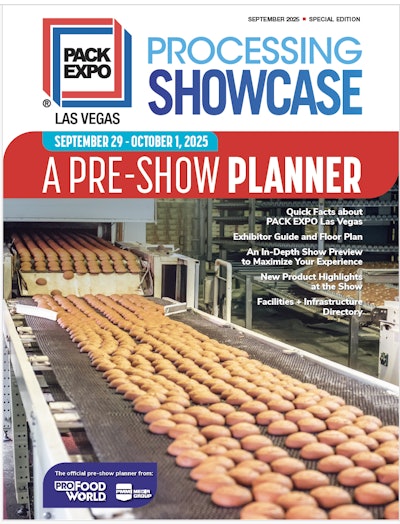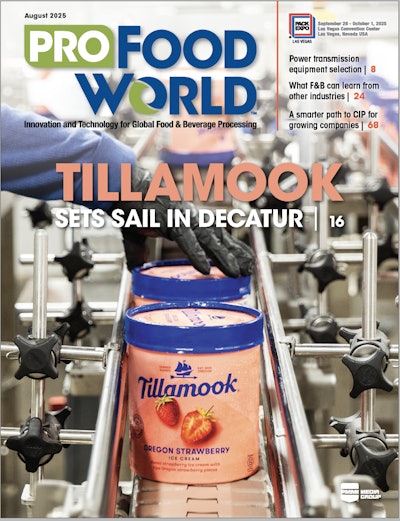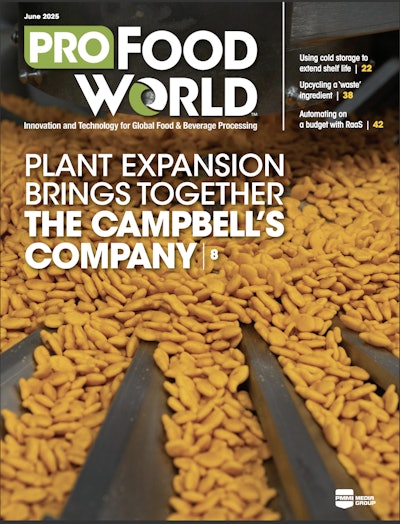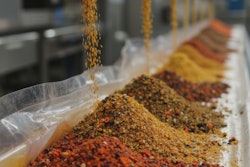Labels arrest attention and influence consumers’ buying decisions while communicating brand, product-line, instructions, and other pertinent information. In addition to those traditional functions, labels are increasingly part of tracking and anti-counterfeiting strategies. Pressure-sensitive (p-s) labels—as with other types— typically will be the least expensive packaging component (compared to the container and closure, for example); nonetheless, cost-effectiveness, in addition to suitability, is application-specific.
P-s labels have a top coating (i.e. lacquer or varnish) to protect surface printing and have an adhesive on the bottom. The labels are adhered to a liner that has a silicone layer, allowing the labels to be released from the liner and then applied to the container. Conceptually, a roll of p-s labels is analogous to a roll of self-adhesive stamps.
P-s labels are versatile, as indicated by the diversity of user product categories: foods, beverages, wine & spirits, pharmaceuticals, personal-care, household chemicals, and automotive. Whether singularly or in combination, label stock can be paper, film, or foil, and added versatility can be imparted with specialty inks and treatments such as embossing and metallic-stamping. P-s labels are not limited to rectangles or other conventional shapes, either, as customized die-cuts can be ordered easily enough. The labels can be printed with flexography, but if a sharper image is desired and if higher order-quantities justify the upcharge, rotogravure is an option, too. Overall, with p-s labels, there’s a combination of choices that can yield a desired shelf-impact, whether with kaleidoscopic colors, a clear “no-label look,” or anything in between.
P-s labels are applied to rigid packaging, for example, bottles, jars, tubs, and trays, not all of which have flat panel areas convenient to labeling. P-s labels, however, are compatible with contoured areas, lying cleanly, without wrinkling or puckering around the edges. P-s labels also perform well with squeezable containers since they’re able to endure repeated flexing without ill effects.
Apart from the geometry of surfaces is their “feel” (their smoothness and slickness). Glass, metal, paper, and plastic containers differ from one another in that regard; therefore, it follows that the adhesive of a p-s label should be a functional match. Another consideration is the environmental conditions that the packaged product will encounter. Refrigerated temperatures and high-humidity, for example, require an adhesive different than one that might suffice under different conditions.
Regardless of whatever differentiations can be made between p-s and other labeling technologies, they share having to defend their sustainability merits. Source reduction, in particular, challenges all labeling technologies, but none more so than it does p-s. That’s because p-s rolls consist of no fewer than 5 layers: top coat, label stock, adhesive, release coating, and liner.
Even assuming an ideal roll in which all layers have been reduced, the liner and its release coating remain as waste to be disposed of (at an assignable cost), just as the liner remains after self-adhesive postal stamps have been removed. The coated liner that ends up as waste nonetheless is part of the incurred transportation cost. Regarding storage, because the liner increases roll width, space efficiency is reduced.
Sustainability, however, is a measure of the trade-offs among a host of variables. Pursuantly, it can be argued that p-s labels require less inputs than do certain competing technologies. Glue-applied labels require longer set-up times, in addition to clean-up at the finish of a run (and sometimes during). Shrink-sleeve labels, after being applied, must go through a heat-tunnel. In-mold labels are limited to blow-molded and injection-molded containers and reduce production speeds for both.
All of the preceding arguments, however, merely are academic, unless consumer preference is factored into the equation. The relationship between sustainability and consumer preference is straightforward, in the sense that, without the latter, the resources expended in the former will have been wasted. Even if p-s labels enjoy consumer preference for a given product, the brand owner should regard sustainability improvements as a continuous endeavor.
P-s labels are self-adhesive but in no way self-applied, a truth that introduces the topic of machinery. The degree of automation that’s desired and its integration into plant operations are key challenges. Machinery manufacturers are indispensable stakeholders in the advancement of p-s label technology, tasked with designing machinery that delivers increased line speeds, decreased downtimes, and, therefore, increased productivity. Formable challenges in their own right, they become more so, given the demand for thinner labels, which can break under the forces imparted by machinery. Labeling operations also should incorporate quality-assurance capabilities, for example, electronics that detect defective labels, such as those affixed askew and those missing lot codes and/or expiration dates.
Just as brand owners benefit from equipment manufacturers who provide a widened array of services, the same holds on the material supply side. Converters who operate across the variety that characterizes p-s labels are most likely to be regarded by brand owners as valuable partners. This entails having reliable sources for a variety of web constructions. It also entails having presses that can handle wide webs and that can print in a high number of colors. It further entails having graphic-design capabilities. And never to be discounted is great customer-service.
It’s safe to predict that there will be continued advancements in all of the technologies involved in p-s labels; but, it’s just as safe to make the same prediction about other label technologies. Competition is the ultimate pressure, and p-s labels had better prove sensitive to it.
__________________________________________________________________________
Sterling Anthony, CPP, is a consultant, specializing in packaging, marketing, logistics, and human factors. His contact information is: 100 Renaissance Center-43176, Detroit, MI 48243; 313-531-1875; [email protected]; www.pkgconsultant.com



